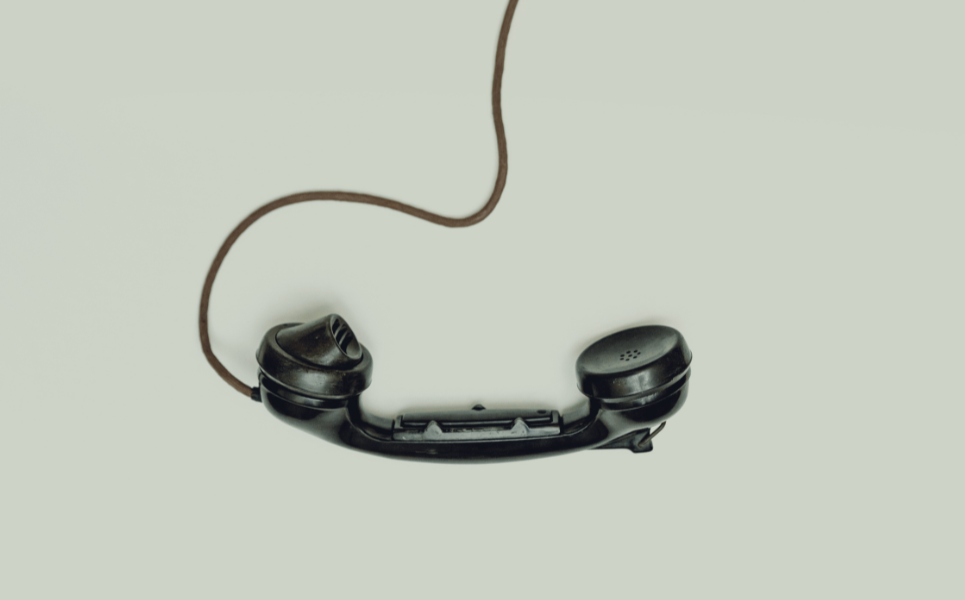In winter, we deal with many different fabrics that are incorporated into our lovely thick sweaters, coats and scarves to keep us warm. So how can you best care for these so you can enjoy these garments for as long as possible? To help you on your way to using your clothes as sustainably as possible, in this blog we share our handy tricks for taking care of your clothes in the best way possible.
PANTYS

Everyone knows the frustration of wearing a pair of tights that you've only worn once and then they don't look good anymore. It's not good for your wallet, but it's also not sustainable. To make sure your tights last as long as possible, we have some tips for you. First of all, at Sophie Stone we have tights from Swedish Stockings that are premium quality and will therefore last a long time if you take good care of them. So this is a good investment if you are looking for good quality tights.
To extend the life of your tights, it is important that before you put them on, you carefully stretch them lengthwise by grasping the bottom with one hand and the top with the other. This ensures that the yarns are stretched tight and your tights are prepared for wearing. Try to do this after every wash. In doing so, the advice is to wash your tights at no more than thirty degrees. This is because if you wash it warmer or put it in the dryer, the elastane in the tights can be damaged, causing them to lose shape. It is best to wash your tights in a Guppyfriend laundry bag which keeps microplastics out. Good for the environment!
Now that your tights are ready to wear, it is important that you put them on slowly, step by step and mindfully. You start at the bottom at your feet and slowly work your way up toward your knees where you stop for a moment to make sure there is enough yarn left for the rest of your thighs. Then you can carefully continue putting the tights on over your legs. All you have to do now is put on your favorite dress or skirt and you're ready to go.
WOOL KNITS

We can't live without them during the cold days: thick wool sweaters and cardigans. So how can you best care for these knits so that they last as long as possible?
A very big advantage of wool is that it is self-cleaning, bacteria repellent and dirt repellent because sheepskin contains lanolin (natural wool fat). Because of this, there is no need to wash your wool clothing often and it is enough to air these items outside once in a while. If you do want to wash your wool clothes, always choose a wool wash program and wash at a maximum of thirty or forty degrees. Always look at the care label inside the garment. It is wise to choose a wash cycle that best suits the 'weakest fiber', so even if a sweater consists of only 10% wool.
Very important is that when you have washed your wool garment do not hang it to dry. It is better to lay this garment down on a laundry rack, for example, to prevent the weight of the sweater from causing the knit to get out of shape. This also applies to storing your knitwear. It is better to fold these items instead of hanging them in your closet.
A major annoyance with wool clothing is that it can sometimes pill. However, this does not mean that your garment is beyond saving. In fact, this can be remedied with a de-pilling device that can shave the lint off your wool items without leaving holes in the fabric. Ideal!
Tip | You can also do this de-pilling with a razor blade, but it is important that you do this with care and pull the garment tightly and lay it on a flat surface to avoid making holes in the fabric.
ALPACA WOOL SCARVES

A nice quality scarf is a real must-have in autumn to wear with your winter coat or a stylish outfit. At Sophie Stone we have alpaca wool scarves from Bufandy where it is important to take good care of them.
Good to know is that the scarf may shed hairs and fluff the first few times you wear it and this is quite normal. This usually happens especially if you wear the scarf on top of another wool garment such as wool pants or slacks. The good news is that this is not permanent as the hairs will not come off after a few wears.
It is best not to wash your scarf too often and steam it if it is creased. If you do want to wash your scarf, as with other wool garments, it is best to wash it on a wool wash cycle and then air dry it. If you still want to dry it in the dryer, do this very briefly so that the scarf retains its airiness. For a perfect finish, when the scarf is dry it is good to brush it with a soft, fine-haired brush, brushing all the hairs in the same direction.
Tip | If you don't have a brush at home, you can also iron the scarf briefly at up to 110 degrees, ironing all the hairs in the same direction. After this your scarf will be as good as new!
JACKETS

A winter coat is an investment you want to last several seasons. How do you make sure it lasts as long as possible and stays beautiful? We have listed the tips for you. First, it is important to postpone washing in a washing machine for as long as possible, or even not do it if it is not really necessary. It's better to air a winter coat outside once in a while or hang it up in the bathroom when you take a shower, for example, so the steam can draw the odors out of your coat.
Tip | You can also do this by, if you have a steamer, putting a drop of detergent in it and steaming the coat for a while.
If your coat gets really dirty, first try if the stains can be scrubbed out locally. The best way to do this is to use Marseille soap. This is available at various drugstores or at Dille & Kamille. Be careful when scrubbing, however, because if you scrub too hard, a sallow spot may appear.
If you really can't avoid it anymore and would just like to wash your coat in the washing machine, then it is important to do it through a certain method. Many winter coats contain a filling of down (our winter coats from Embassy or Bricks and Logs are made of vegan down from recycled materials). To prevent this down from sticking together and thus clumping, we have a comprehensive step-by-step plan:
- Make sure your coat has enough room in the drum to move around. This is very important, so if you have a washing machine at home that is too small, it is better to choose a larger one at a laundromat, for example.
- Wash your coat at up to thirty degrees on a "gentle" or "delicate" program. Make sure all jacket zippers are closed to prevent them from damaging the fabric of your jacket.
- Choose "spin" at 600 to 800 rpm and for up to ten minutes.
- Our advice is to add a few tennis balls to your washing machine. This keeps the down filling of the jacket moving. After washing you put the jacket in the dryer for 40 to 60 minutes. You then take the jacket inside out once, shake it out once and pat the compartments with your flat hand. This is all to prevent the padding from clumping.
Don't have a dryer? No problem!!! You can also just let the jacket air dry. Then do this lying down and close to a heater so that it dries as quickly as possible. Even then, shake out the coat every 15 or 30 minutes, turn it inside out and pat the compartments to avoid lumps.
With all these handy tips, you can enjoy your favorite winter items as long as possible. Good for you and for our planet!













